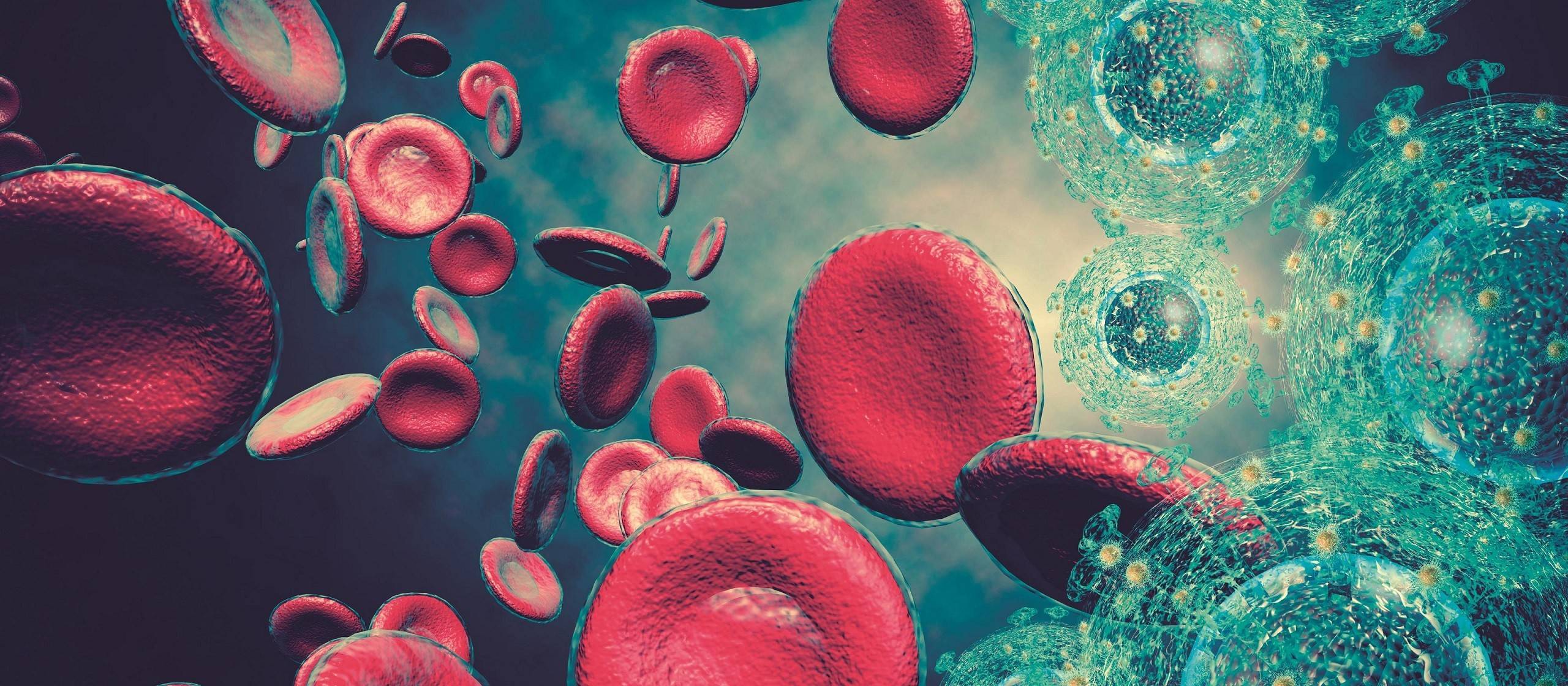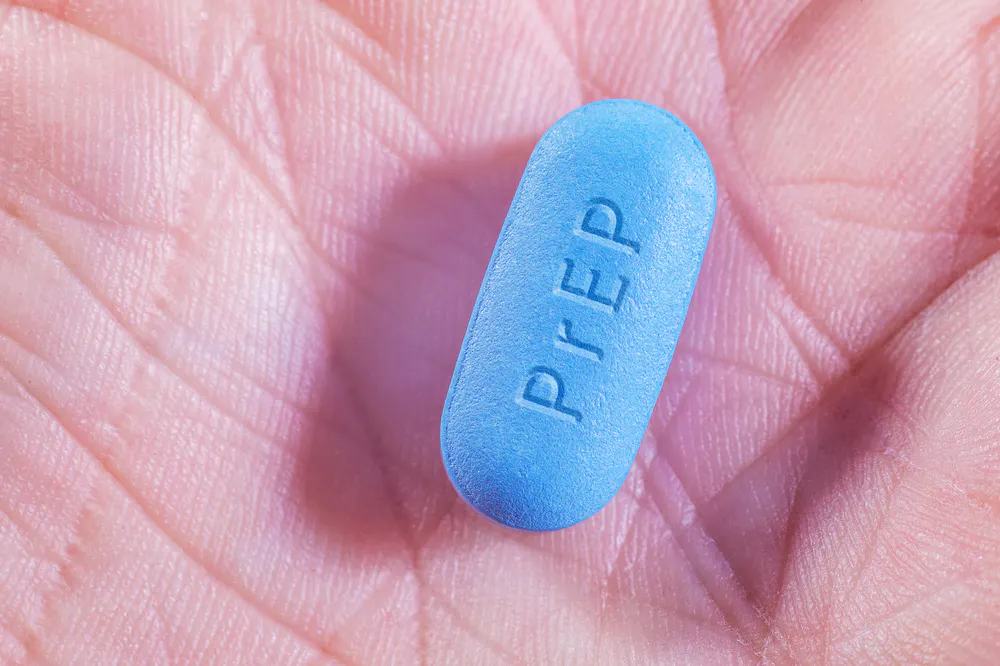HIV treatment has advanced remarkably since the 1980s. Despite this progress, misinformation continues to fuel stigma around HIV and AIDS. Today, HIV testing is fast and accessible, and with proper treatment, people can lead healthy, fulfilling lives regardless of their status. This article provides detailed information about HIV and AIDS to help dispel persistent myths about these frequently misunderstood conditions.

Understanding HIV
HIV (Human Immunodeficiency Virus) spreads through infected bodily fluids, mainly during unprotected sex. The virus attacks the immune system by damaging infection-fighting cells, making it harder for the body to combat other viruses and bacteria. Without treatment, people with HIV may face frequent infections and struggle to recover from them.
Understanding AIDS
AIDS (Acquired Immune Deficiency Syndrome) develops when HIV remains untreated for years, severely weakening the immune system. At this advanced stage, opportunistic infections may occur, leading to an AIDS diagnosis if specific HIV-related illnesses appear.
Modern treatments in the UK have made HIV progression to AIDS extremely rare. As a result, the term “AIDS” is seldom used today. Healthcare providers may refer to “advanced HIV” instead, though this doesn’t indicate AIDS.
HIV Symptoms
About six weeks after exposure, some people experience flu-like symptoms (seroconversion illness), including fever, rash, and sore throat. This occurs as the body produces HIV antibodies, which tests can detect to confirm infection.
After seroconversion, people may feel healthy for years while the virus persists. Later symptoms, signaling immune system decline, can include:
- Night sweats
- Fatigue
- Weight loss
- Chronic diarrhea
- Swollen lymph nodes
- Frequent cold sores
- Oral thrush
Severely compromised immunity increases risk for:
- Pneumonia
- Tuberculosis (TB)
- HIV-related cancers
HIV Transmission
HIV spreads through:
- Blood
- Semen
- Vaginal fluid
- Anal mucus
- Breast milk
Transmission occurs through unprotected sex, shared needles, contaminated blood exposure, or from mother to child during pregnancy, birth, or breastfeeding.
HIV cannot spread through:
- Casual contact (hugging, kissing)
- Shared household items
- Toilet seats
- Airborne particles (sneezing/coughing)
HIV Testing Options
Testing is crucial for early detection and treatment. Options include:
- Healthcare clinics/hospitals
- Community health centers
- Sexual health clinics
- Home testing kits
- Mobile testing units
Testing is confidential. Consult healthcare providers for guidance.
Living with HIV
With modern treatment, people with HIV can live full lives. Key aspects include:
HIV Treatment Necessity
Immediate treatment is vital. Medications like PrEP can reduce viral levels to undetectable, protecting your health and minimizing transmission risk. Specialist HIV clinics provide essential care.
Mental Health Support
Support is available for HIV-related mental health challenges. Options include:
- Counselling/CBT
- Mindfulness practices
- Sleep routine improvement
- Medication when appropriate
Healthy Living with HIV
Maintaining health remains important:
• Balanced diet and exercise
• Smoking cessation
• Moderate alcohol consumption

Dating with HIV
Dating is possible with HIV. With undetectable viral loads, transmission risk is extremely low. Disclosure to partners is important for informed decisions and legal protection.
About PrEP
PrEP (Pre-Exposure Prophylaxis) prevents HIV in high-risk individuals. It combines emtricitabine and tenofovir to block infection if exposed. MedsBird offers discreet PrEP delivery.








